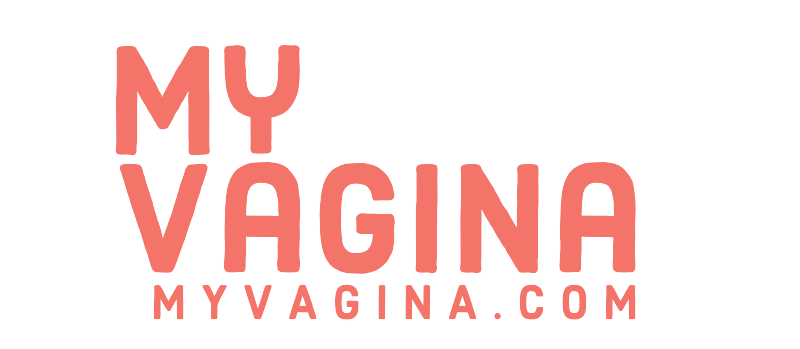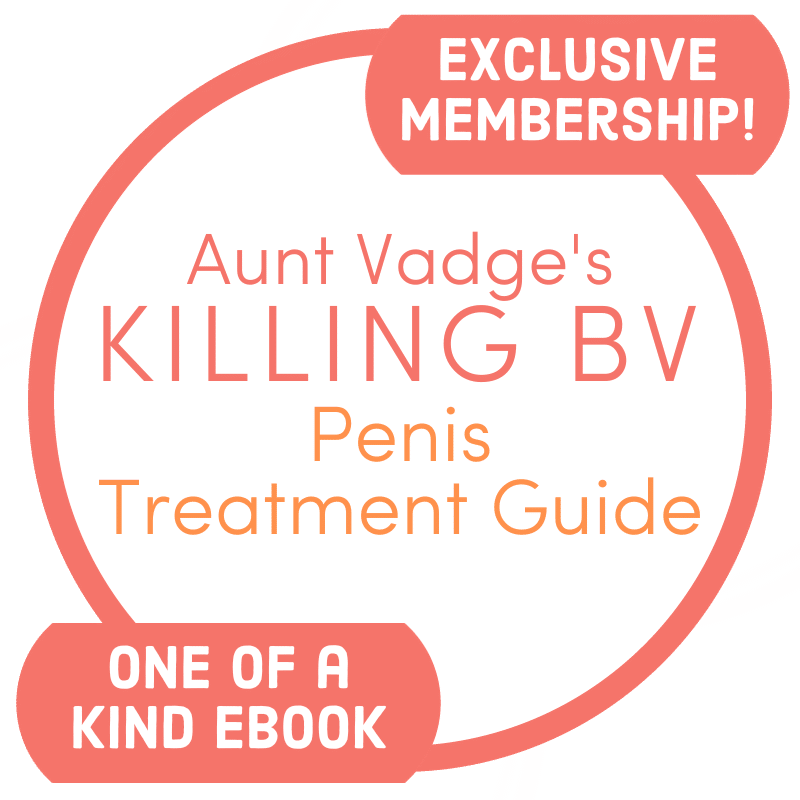Vulvar varicose veins are bulging veins in the inner and outer labia. Those who have varicose veins in the pelvis are more likely to have vulvar varicose veins, while the condition also occurs during pregnancy.
Vulvar varicose veins can be asymptomatic and remain undetected and untreated due to a lack of symptoms. However, pelvic and vulvar varicose veins can be extremely painful and affect quality of life significantly.
Why do varicose veins develop?
Veins are blood vessels taking blood from your arms and legs to the heart on a one-way train. Blood can’t travel downwards or outwards from deep veins – one-way valves prevent this movement of blood so it can’t go the wrong way. Blood should go from the heart back around to the heart.
When a one-way valve becomes defective in a vein, blood is able to go the wrong way. This effect is compounded with gravity from standing.
A blood vessel that has busted one-way valves is considered ‘incompetent’. (It had one job. It’s fired.)
When the one-way valve stops functioning as it is designed, pressure builds up in the vein and it swells and becomes varicose. A vein becoming varicose can take years, though not every vein with faulty valves becomes varicose.
Symptoms of vulvar varicose veins
- Bulging of labia (minora or majora)
- Discolouration of labia
- Painful vulva (vulvodynia)
- Swollen vulva
- Itching
- Pain in the central abdomen, especially after standing and exercise
- Painful during or after sex (dyspareunia)
- Heaviness and burning in the perineum
- End-of-day labial swelling
- Chronic pelvic pain
- Possible blood clots
- Menstrual disorders
- Frequent or painful urination
- May be asymptomatic
Vulvar varicose veins during and after pregnancy
Pregnancy comes with an increase in blood volume and downward pressure, which both contribute to vulvar varicose veins. The risk of varicose veins increases with the number of pregnancies. A first pregnancy may result in visible varicose veins from about 18 weeks, while second or third plus may be visible from 12 weeks.
Most vulvar varicose veins are gone within 2-8 months after delivery. There appears to be an association with the end of or a reduction in breastfeeding and how quickly the varicose veins disappear. The less lactating, the faster the veins disappeared, and vice versa. This relationship indicates hormonal changes play an important role in varicose veins of the legs, perineum and vulva during pregnancy.
While varicose veins may appear during pregnancy, then disappear once blood volume and pressure return to normal, these veins can linger and grow bigger in 4-8 per cent of patients.
Diagnosing vulvar varicose veins
Diagnosis of vulvar varicosities is fairly straightforward, with a doctor being able to examine the vulva and be reasonably confident. An ultrasound can be used for further information about the veins.
Treating vulvar varicose veins
The treatment will depend on the cause of the vulvar varicosities. Those caused by pregnancy likely require no treatment, despite the discomfort.
Venoactive agent, micronised purified flavonoid fraction, was an effective treatment.
MPFF pre-treatment
Preoperative preparation may include a course of venotonic drug micronised purified flavonoid fraction (MPFF). The typical dose is 1,000mg each day for the two months prior to surgery.
This dose is associated with a significant reduction in symptoms such as pain, heaviness, perineal discomfort and swelling of the labia majors in those with pelvic variscosities.
MPFF in pregnancy doesn’t completely relieve vulvar varicose veins symptoms, but does reduce the severity.
Zinc oxide, antihistamines and compression garments
When itching and skin-softening are present in the area, H1 histamine-receptor blockers and zinc oxide paste may be recommended. Compression garments may reduce feelings of heaviness and vulvar swelling.
Sclerotherapy
Sclerotherapy is one of western medicine’s oldest medical treatments. Typically medical treatments are superseded by better ones, but varicose veins are still successfully treated using this technique.
Sclerotherapy involves injecting a special solution that veins don’t like. The liquid causes the vein to close itself off, effectively removing the vein by damaging it to the point that it is reabsorbed back into the body.
Around 1.5-2ml of sclerosing agent is injected into a vein, then the site is compressed for 5-7 minutes. Compression underwear is required for up to 10 days post-treatment.
Repeat treatments may be required, and relapse is possible since the deeper cause of the varicose veins has not been addressed. Getting pregnant soon after the sclerotherapy increases the chance of relapse.
Sclerotherapy is not appropriate for all varicose veins, particularly in the vulva or pelvis. Complications from sclerotherapy are uncommon but can include skin changes, thrombosis of pelvic veins, pulmonary embolism or allergic reactions.
Surgical treatments
If surgery is on the table, it’s likely because there is pelvic venous congestion, dilation and reflux in veins. If this occurs in ovarian veins, surgery is likely.
Veins may be resected (cut and rejoined) or embolised (blocked off), with the vulvar or perineal veins subsequently removed. This procedure cuts off the problem where it originated, and removes the damaged vein.
Alternatively, the vein may simply be removed, especially if it was not causing symptoms or pain. While every surgery comes with risks, these procedures seldom come with complications. Recurrence is rare.
Surgery during pregnancy is only likely to be recommended if there are complications.
Vulvar vs vaginal varicose veins and delivery method
Vulvar varicose veins in pregnancy may impact the route of delivery recommended since many obstetricians consider varicose veins on the labia an indication for a cesarean section.
However, experience indicates that vulvar varicose veins are not a reason a natural delivery cannot be successful. Bleeding from varicose veins of the vulva is extremely rare and is easily solved.
Varicose veins inside the vagina, though, may be considered an indirect indication for a C-section. If your doctor can see a large (1cm or more) venous nodule on the vaginal wall, a C-section will likely be considered.
Many considerations are at play here and your caregivers will help you decide the best and safest course of action.
References
Gavrilov SG. Vulvar varicosities: diagnosis, treatment, and prevention. Int J Womens Health. 2017;9:463‐475. Published 2017 Jun 28. doi:10.2147/IJWH.S126165




